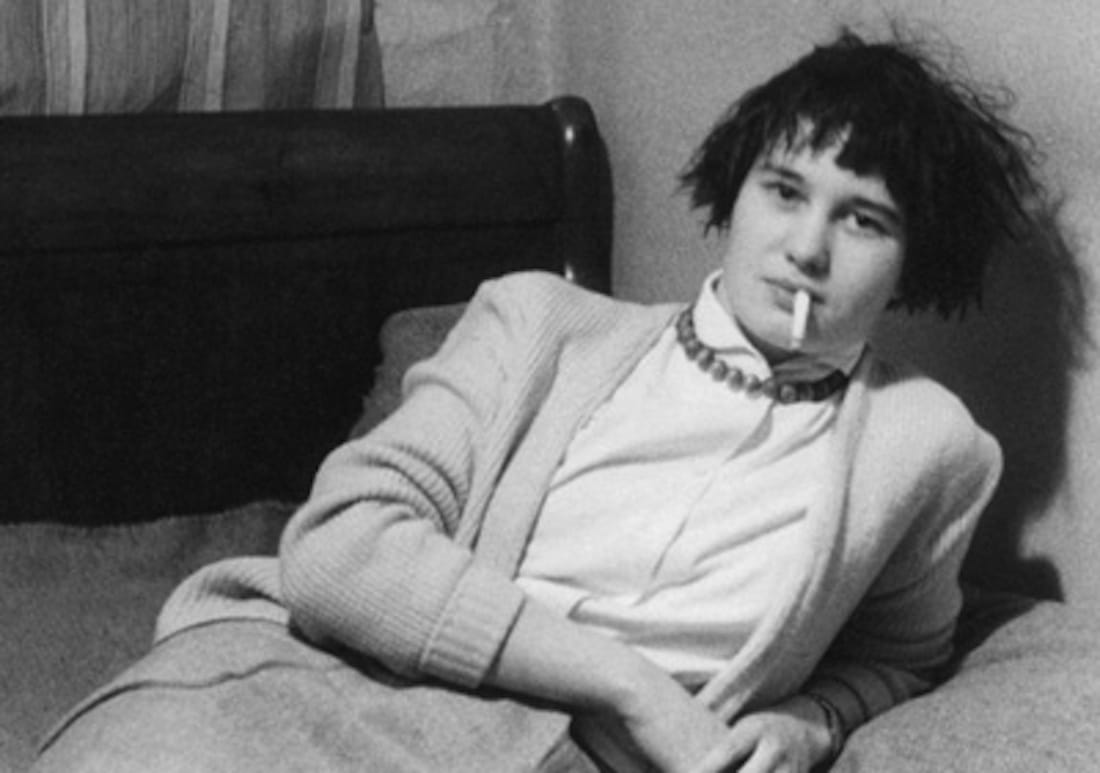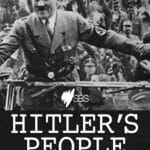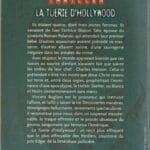Ulrike Meinhof, a prominent left-wing journalist turned key member of the Red Army Faction (RAF), remains a controversial figure whose life continues to spark debate. Her transformation from respected journalist to radical revolutionary involved in violent crimes raises complex questions about ideology, violence, and the state. This article delves into Meinhof’s story, exploring her path to the RAF, her role within the group, and the lingering questions surrounding her death.
From Journalist to Revolutionary: Meinhof’s Early Life and Transformation
Born in Oldenburg, Germany in 1934, Meinhof’s intellectual upbringing likely shaped her early career. Her father, an art historian, and her mother, a philosopher, instilled in her a passion for ideas. This foundation led her to journalism, where she became a prominent left-wing voice, critiquing West German society, particularly its perceived complicity with its Nazi past and its capitalist structure. The post-World War II era, the Vietnam War, and the Cold War’s ideological battles profoundly influenced her worldview. Discover the empowering symbol of female wartime work with our authentic Rosie the Riveter dress.
In the 1960s, Meinhof studied educational science and psychology, further honing her critical thinking skills. She then became a prominent journalist for konkret magazine, known for her left-wing views and sharp critiques of West German society. The attempted assassination of student leader Rudi Dutschke in 1968 appears to have been a pivotal moment in her radicalization. Some experts believe this event solidified her belief that peaceful change was unlikely and that more radical measures were necessary. Following the assassination attempt, Meinhof famously wrote in konkret, “[Protest] is ineffective… We need more than words; we need action.” This quote encapsulates her shift towards more radical methods. In 1970, she helped Andreas Baader escape prison, an act that marked the formal establishment of the RAF and her decisive break from traditional journalism.
The Red Army Faction: Meinhof’s Role and the Group’s Ideology
Meinhof’s involvement with the RAF signified a dramatic escalation in her activism. The RAF, also known as the Baader-Meinhof Group, engaged in armed struggle against the West German government, carrying out bombings, bank robberies, and kidnappings. Meinhof played a multifaceted role, acting as a strategist, spokesperson, and writer. Her writings, including the influential “The Urban Guerilla Concept,” justified the RAF’s actions, articulated their vision for a different Germany, and laid out their strategy for urban guerilla warfare. This transition from journalist to revolutionary suggests a profound dissatisfaction with conventional political methods and a belief that more radical action was required.
The RAF, emerging from the student protest movement of the late 1960s, saw the West German government as a continuation of fascism, entangled with capitalist greed and global imperialism. Influenced by figures like Che Guevara and Marxist-Leninist philosophies, they believed armed struggle was necessary to achieve revolutionary change. Their targets—government buildings, American military bases, and symbols of capitalism—were carefully chosen to dismantle the system they opposed. The 1977 kidnapping and murder of industrialist Hanns Martin Schleyer demonstrated the lengths to which they were willing to go.
Imprisonment, Death, and Legacy: Unanswered Questions and Enduring Debates
Meinhof’s capture in 1972 marked the beginning of a long and controversial imprisonment in Stammheim Prison alongside other RAF leaders. She faced trial for numerous crimes related to the group’s activities. The conditions of her confinement, particularly her isolation, remain a subject of debate, with some suggesting they contributed to her deteriorating mental health. The Stammheim trials, highly publicized, further polarized public opinion.
The circumstances surrounding Meinhof’s death in 1976 remain shrouded in mystery. Officially ruled a suicide by hanging, the official narrative has been questioned by some who suggest foul play. Ongoing research may eventually shed more light on what truly transpired.
Meinhof’s legacy remains complex and contested. Was she a terrorist or a freedom fighter? A victim of circumstance or a master manipulator? Some view her as a revolutionary icon who fought against injustice, while others condemn her as a terrorist responsible for violence and loss of life. Understanding her story requires acknowledging the turbulent historical context, the nuances of her choices, and the ongoing debates surrounding her motivations and the RAF’s impact. Her life raises enduring questions about ideology, violence, individual responsibility, and societal change. It also highlights the limits of our understanding of the past, as we continue to grapple with the legacy of figures like Ulrike Meinhof and the movements they inspired.
Meinhof’s Key Dates: A Timeline
| Event | Year |
|---|---|
| Birth in Oldenburg, Germany | 1934 |
| Begins journalism career | 1960s |
| Joins the Red Army Faction | 1970 |
| Arrest and Imprisonment | 1972 |
| Death in Stammheim Prison | 1976 |
This table provides a simplified overview of a complex life; each event warrants further exploration.
Exploring the Red Army Faction’s Motivations
The RAF’s actions stemmed from deeply held political beliefs. They emerged from the 1960s student protests, a time of intense social and political upheaval. They viewed the West German government as a continuation of fascism, intertwined with capitalist exploitation and American imperialism. Inspired by revolutionary figures like Che Guevara, they believed that violent action was the only way to achieve their goals of a socialist society.
Delving into the RAF’s Leadership Structure
While often misidentified as the sole leader, Ulrike Meinhof was a central figure within the RAF’s complex leadership structure. Her intellectual contributions and public profile significantly shaped the group’s early ideology and recruitment. However, the RAF’s leadership was a dynamic involving Andreas Baader, Gudrun Ensslin, and others. Meinhof’s transformation from journalist to revolutionary icon remains a subject of ongoing debate.
- Georgia Platform: A Southern Strategy, 1850s - March 31, 2025
- How many weeks is 40 days: Quick Conversion Guide for Accurate Results - March 31, 2025
- How many feet is 300 meters? 984 Feet: Understand Length Conversions Easily - March 31, 2025

















1 thought on “Ulrike Meinhof: The Life and Legacy of a German Revolutionary”
Comments are closed.